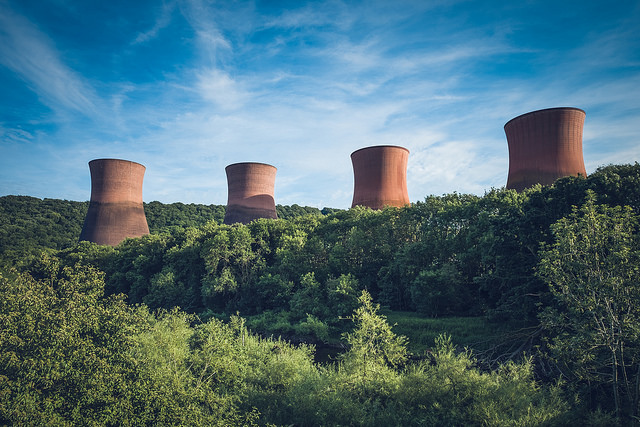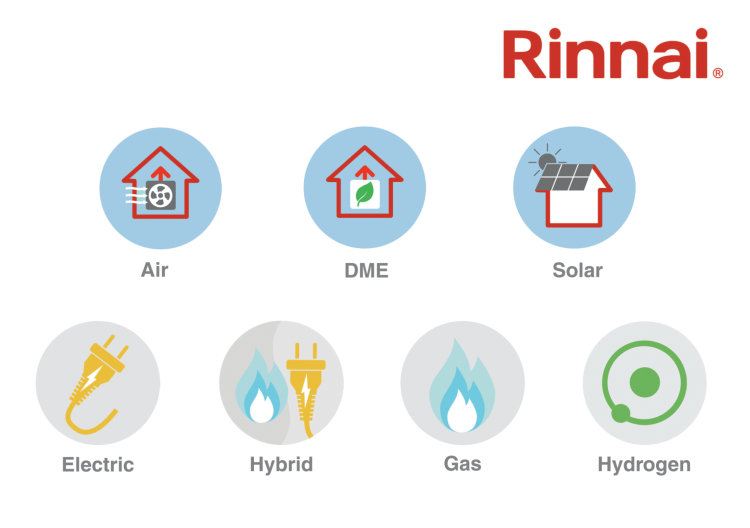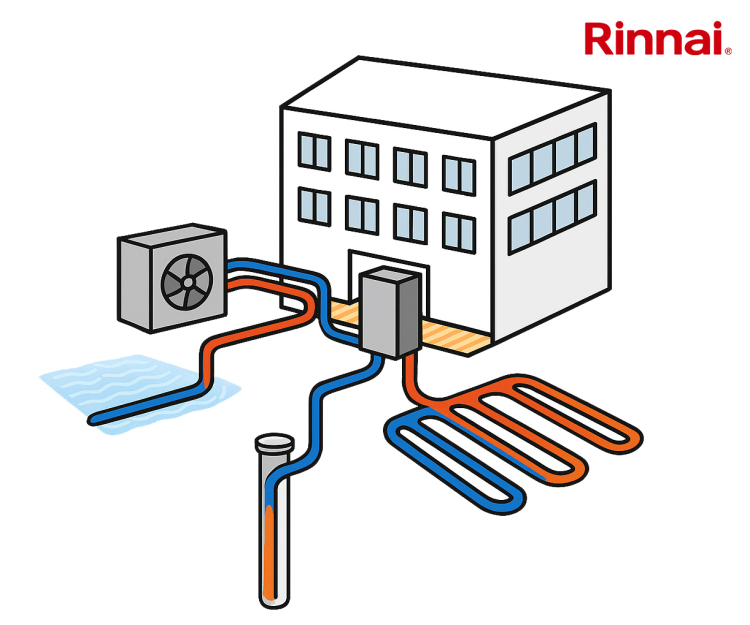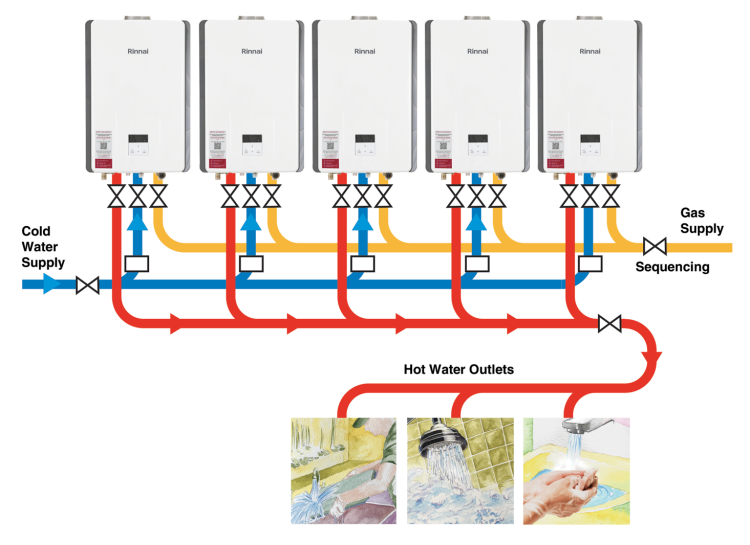22 March 2019 | Updated 26 March 2019
The supply of business electricity in the UK used to be simple. Your company needed a certain amount of power and an energy provider supplied it. How will a transformation from a supply to service-driven model affect businesses?
Haven Power recently commissioned energy experts Cornwall Insight to answer this question - and they came up with 8 Disruptive Energy Changes.
Change explained
The energy system is changing fast. Technological advances, rising customer expectations and volatile costs make the traditional, centralised electricity market structure increasingly incompatible with the needs of the 21st century.
What’s this transformation towards a more service-driven model likely to mean for your business?
1. More new suppliers offering an increased number of services
There are almost 60 suppliers of electricity in the industrial and commercial electricity market, offering a wide range of supply contracts and ‘valued add’ products such as Energy Services.
As a result, businesses aren’t always selecting the power supplier offering the lowest costs. Increasingly, they’re looking for energy partners that are competitive on price and that offer additional services or opportunities.
And this means you have a bigger choice and more opportunities, than ever before.
2. New technologies leading to more change
New innovations, such as affordable mass energy storage and ‘smart’ networks will add to the speed at which the energy market changes.
For businesses, the first of these changes will release the potential for more revenue and greater resilience. The second - a smart and decentralised grid - will also provide potential for additional income by establishing local and/or regional energy markets.
So, having the flexibility to adapt to change will give your business a distinct advantage.
3. More smart meters enabling better demand management
Installing a smart meter is one of the first steps your business can take towards playing a part in the UK smart grid of the future.
By enabling half-hourly settlement for all customers and providing the associated data for analysis, smart meters could revolutionise how your business understands its usage and manages its demand. This could help you save on your energy costs, and have the potential for reducing your carbon dioxide emissions and boosting your sustainability credentials.
4. More decentralisation, more connectivity, more money
Between 2011 and 2017, embedded or distributed generation – connected directly to the distribution network, rather than the national transmission network – grew from 12GW to more than 40GW.
This move towards decentralisation and an increased number of local and regional connections is set to continue. Which means that if you’re generating your own electricity, there’ll be even more opportunities to sell your power and add to your income.
5. More decarbonisation; more intermittent generation
The Government’s drive to decarbonise energy has led to generators - including Haven Power’s parent company, Drax Group - moving away from coal.
Many generation units have chosen to play their part in the decarbonisation drive by relying more upon solar photovoltaic or wind turbines for their power. While this is good news in terms of reducing CO₂ emissions, it also indicates a greater reliance upon intermittent, weather-dependent sources.
The smart grid will balance out this dependence on the sun and wind with additional power sources. These will include a range of generators (from small, local units to national operators like Drax) that can turn the power on or off quickly and cost-effectively.
For your business, this creates opportunities as a self-generator on two fronts: either as a small-scale solar PV or wind operation, or as a supplier of a non-intermittent kind of power.
6. More uncertainty about future demand
The UK’s future heating and transport requirements are set to increase the demand for electricity generation; however, the extent of that increase is hard to predict.
While this creates uncertainty, it also generates a potential opportunity - to sell your self-generated power to the smart grid and help meet the rise in demand.
7. Fewer new subsidies for low-carbon plant
The Government is suggesting there’ll be little new subsidy available for low-carbon generation before 2025.
This increases the uncertainty about how generators will be able to renew their ageing plant and help the UK meet its decarbonisation commitments. On the other hand, if you’re already receiving subsidies and/or your generation units are relatively new, your organisation may already be in a strong position.
8. A fairer system of charges
Currently, the highly centralised model of generation and transmission forms the basis of how suppliers charge for business electricity. However, as the industry transitions to the new service-based model, the way it charges customers is open to review.
This could create an opportunity for you to negotiate better deals with your existing supplier (or a new provider), and/or to reap the benefits of being a self-generator.
This article first appeared as a blog on the Haven Power website. To find related articles - Click Here
Please note you will be asked to submit your contact details. To download a copy of ‘Supply and beyond: What does the future hold for business energy customers?’ - Click Here
Picture: The power of change and the change of power all feature in Haven Power's paper on the subject.
Article written by Brian Shillibeer | Published 22 March 2019
Share
Related Articles
New Housing in London at Risk as Electricity Networks Near Capacity
New developments in London may be stalled due to the electricity grid running out of capacity.
According to a letter seen by the Financial Times, The Greater London...
Read Full Article
FMs Have Four Weeks to Apply for Electricity Generation Funding
Facilities management companies that own or operate commercial electricity generation have just four weeks left to apply for funding that will help them update their...
Read Full Article
New CIBSE Guidance Focuses on Electrification in Buildings
New guidance on the design and operation of building electrical services that focus on the electrification of buildings in the drive to net-zero carbon has been published...
Read Full Article
Holbein Gardens – London's All-Electric Building
Holbein Gardens, located at 7 Holbein Place in the heart of London’s Belgravia, will lead the way for future schemes on the road to achieving net-zero...
Read Full Article
5 Business Energy Questions Answered
You cannot manage what you cannot measure, and ClearVUE. PRO provides deep levels of energy consumption analysis to help you transform your business energy profile and...
Read Full Article
Survey Finds Lone Worker Injuries are Commonplace
The majority of companies, 68 per cent of the study group, have experienced an incident involving a lone worker in the past three years – a fifth of these incidents...
Read Full Article
Office Germ Hotspots Revealed
New research by leading international brand of professional cleaning materials Chicopee has revealed the germ hotspots in Britain’s offices.
COVID-19 and...
Read Full Article
Job Hopping Post-Pandemic – Looking for Change or Support?
Half of all UK employees are on the hunt for a new job following the start of the pandemic, according to a recent poll. How can FMs improve staff...
Read Full Article
Integrated Workplace Management System Market Set for Significant Growth
The Integrated Workplace Management System market is expected to grow at a rate of 14.25 per cent from 2020 to 2027.
The report from Data Bridge Market Research,...
Read Full Article
Energy Bills, Smart Meters and Working From Home
Those familiar with working from home will be aware that, if your employer requires this, you can claim for your subsequent increased energy costs.
HMRC will also...
Read Full Article

.gif)
.gif)


.gif)



.png)



.png)




